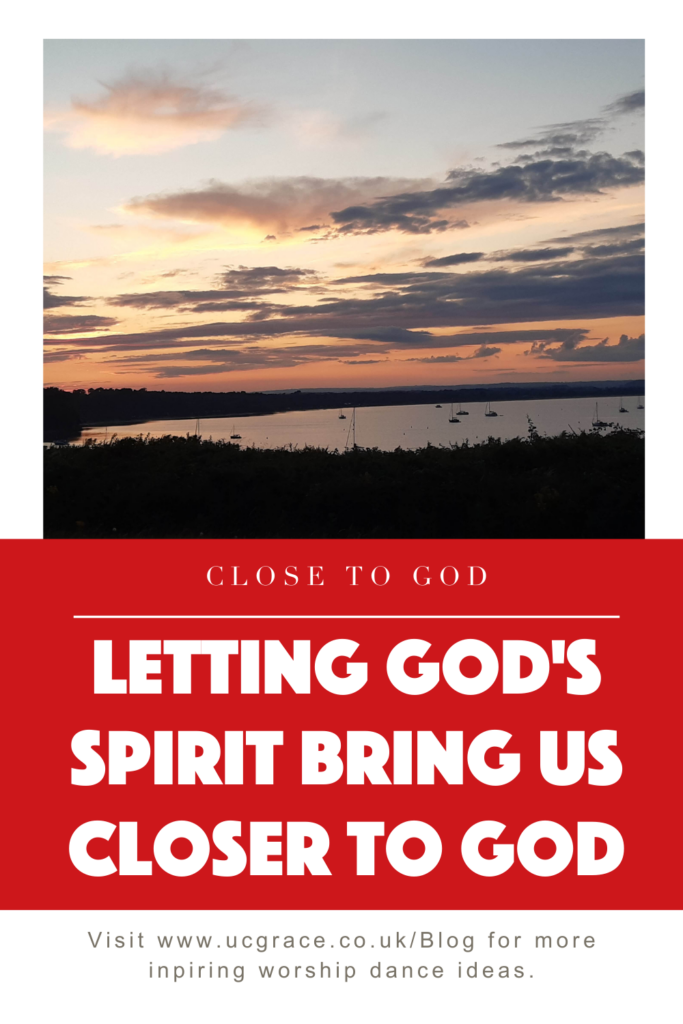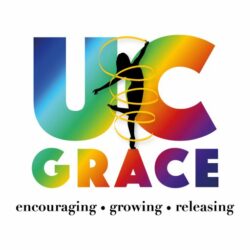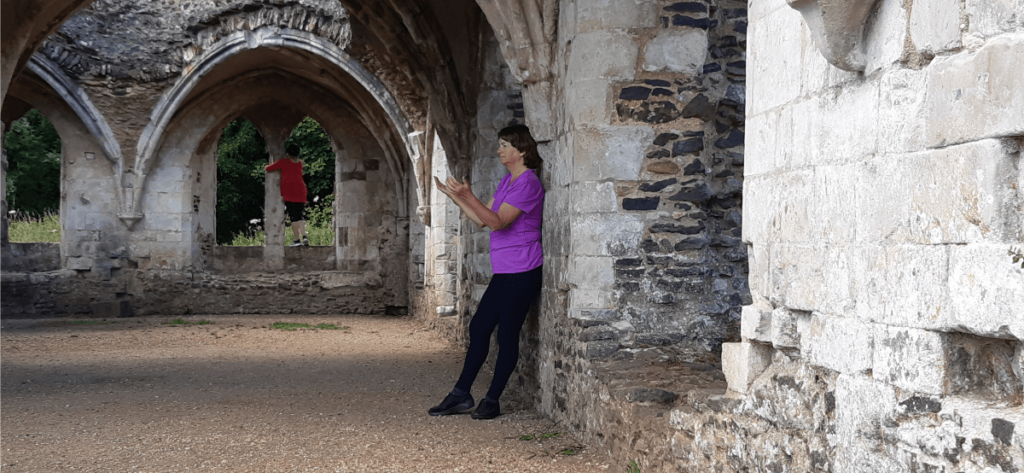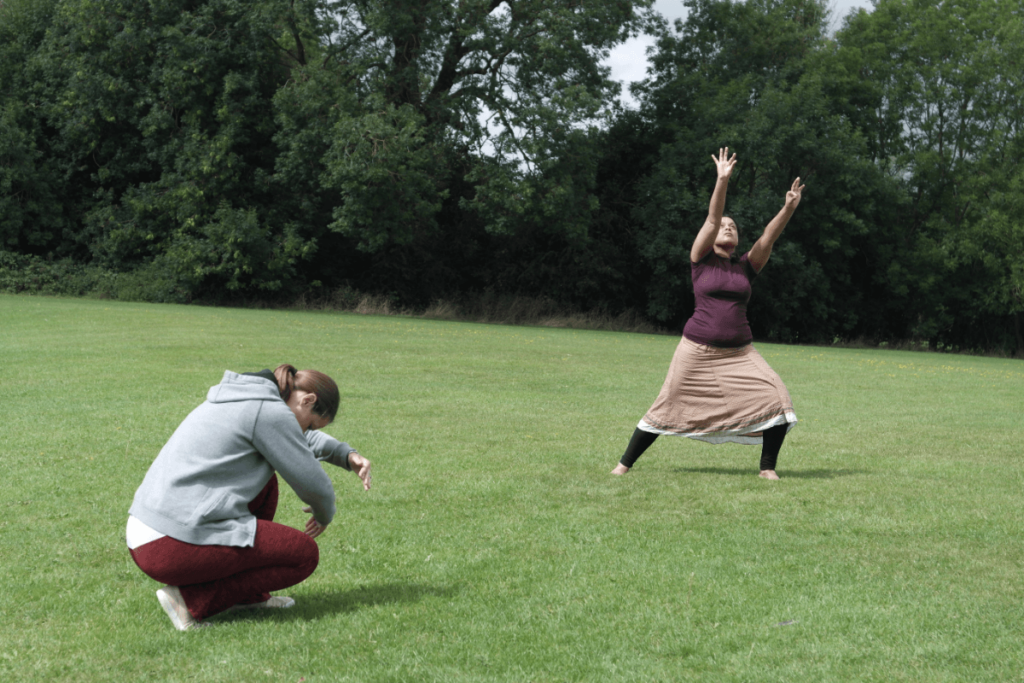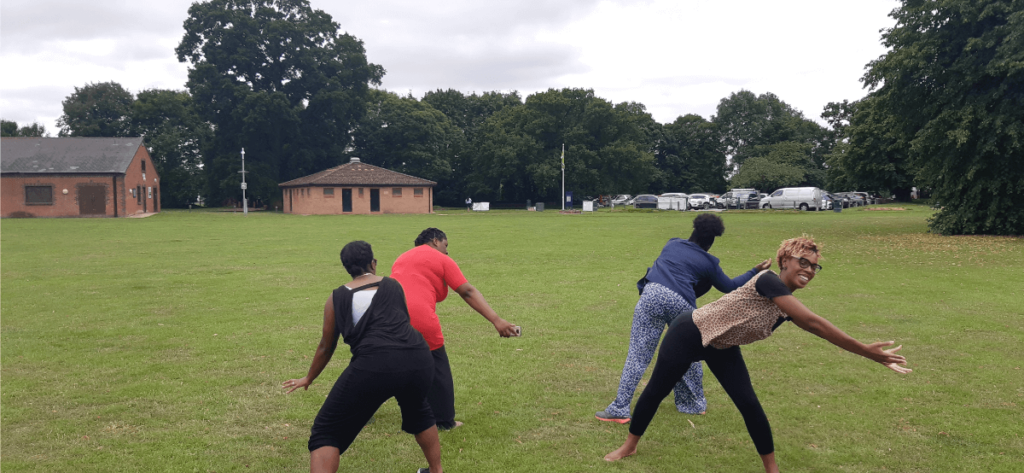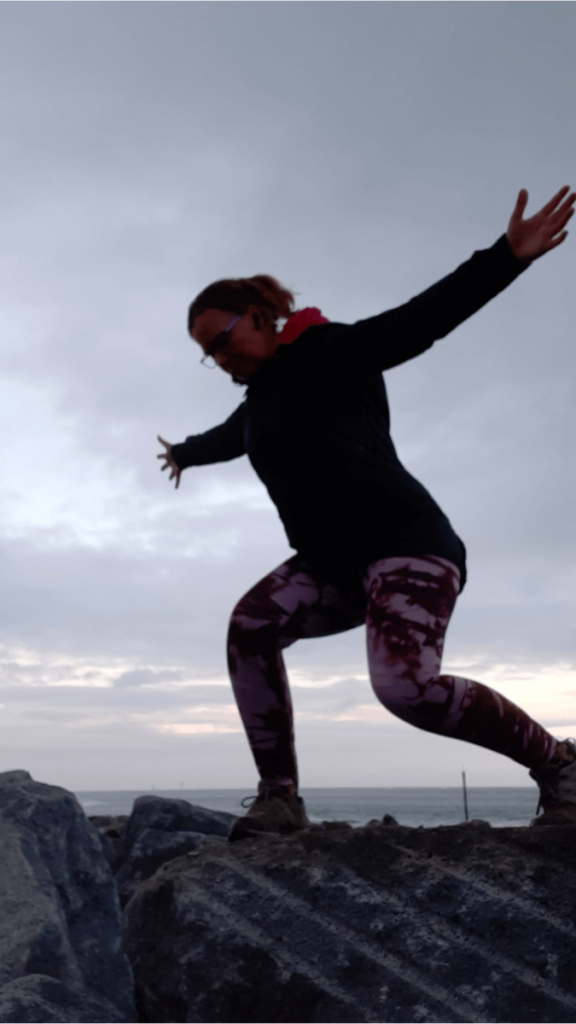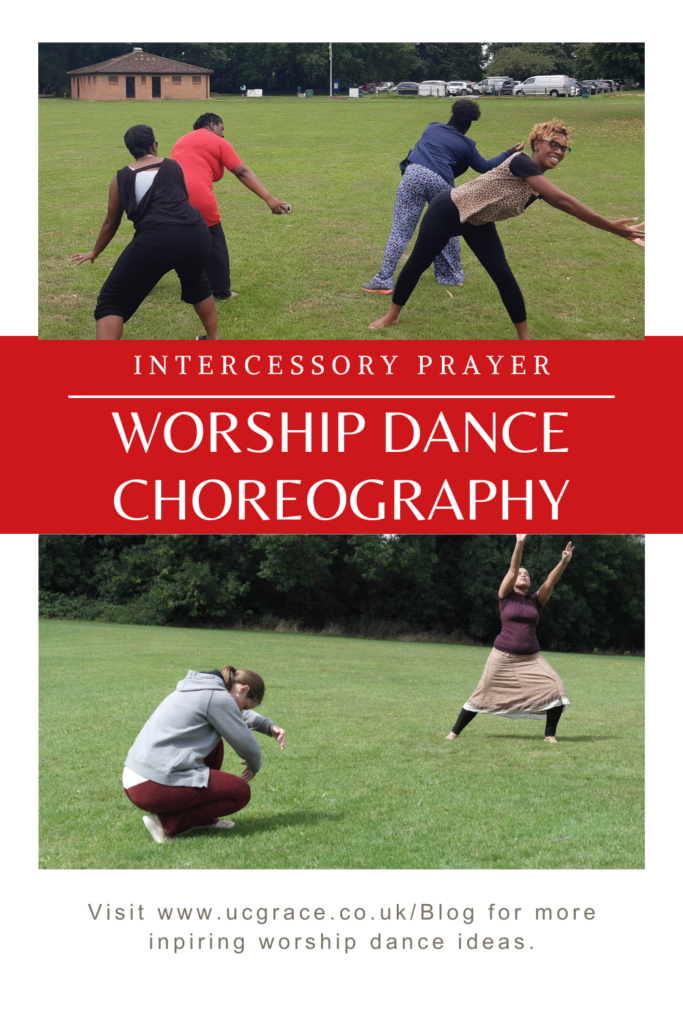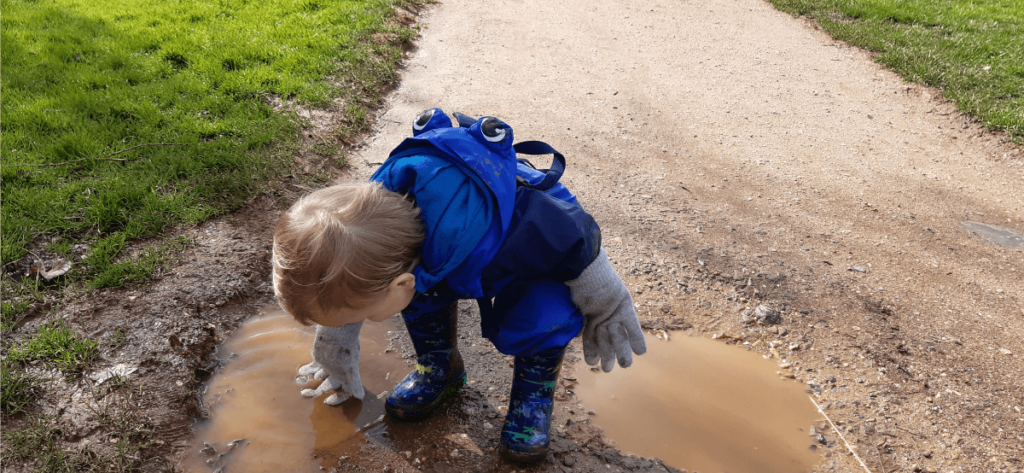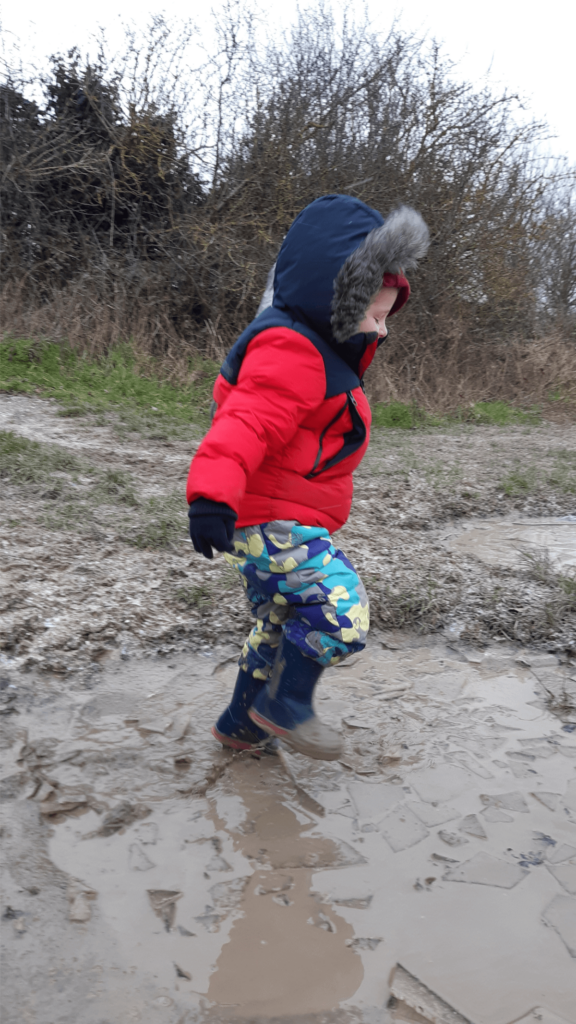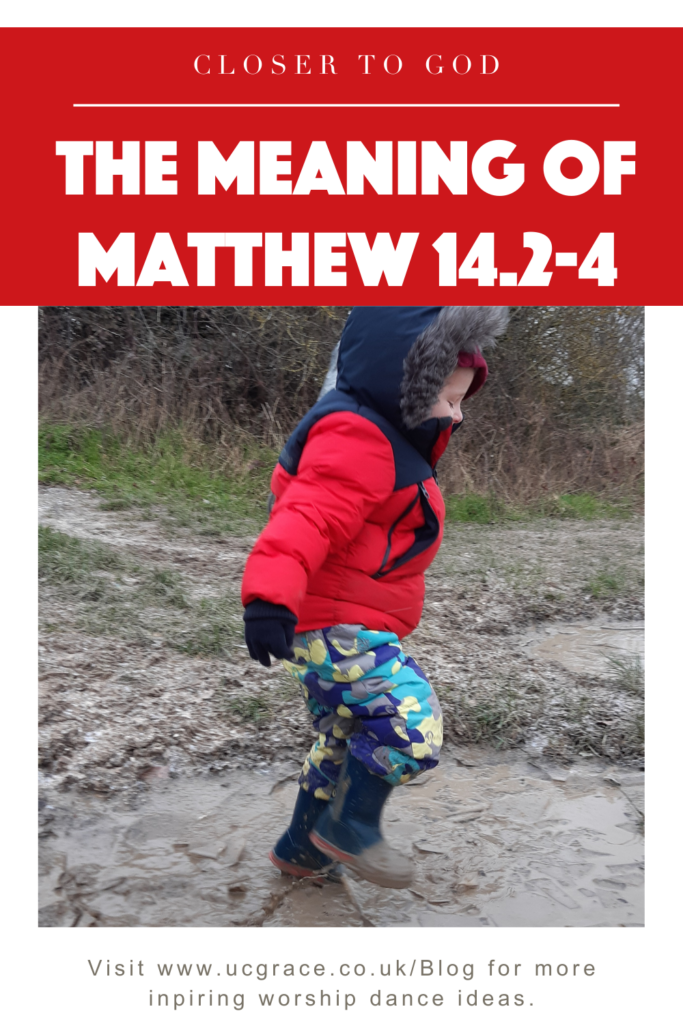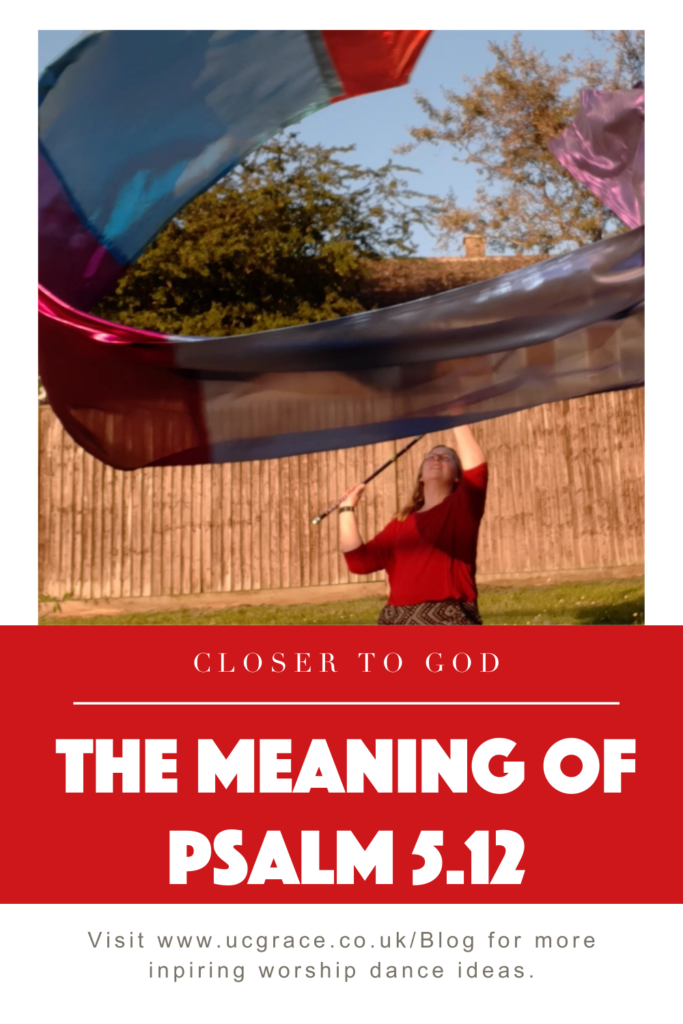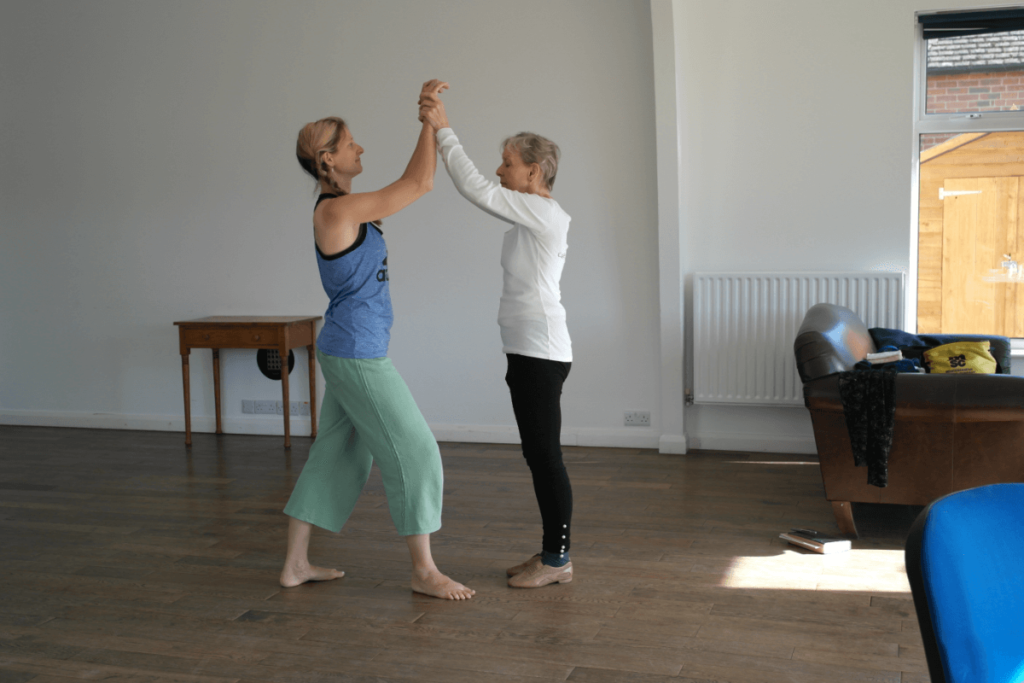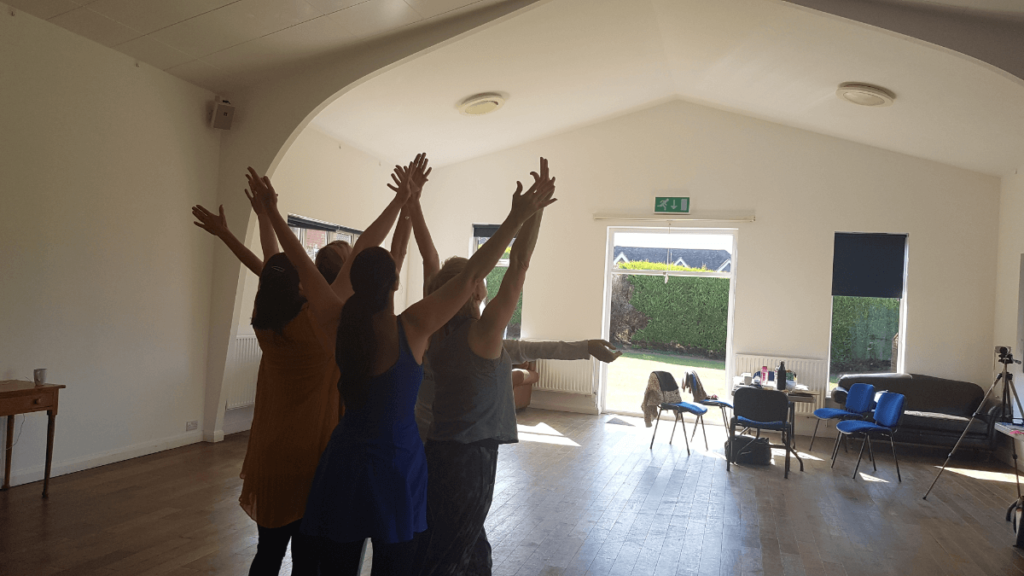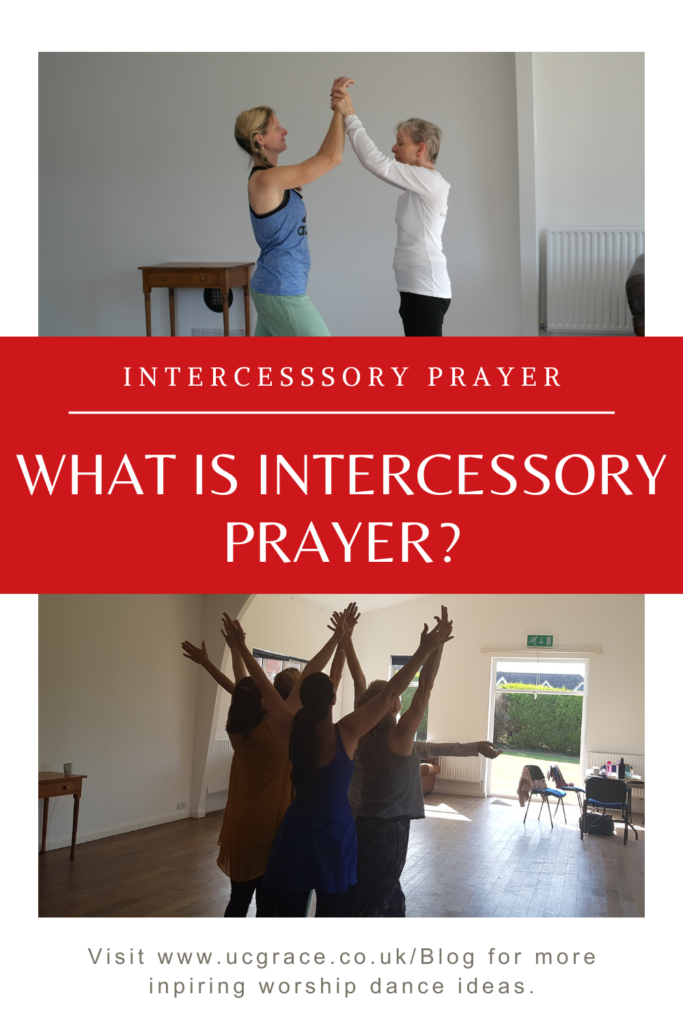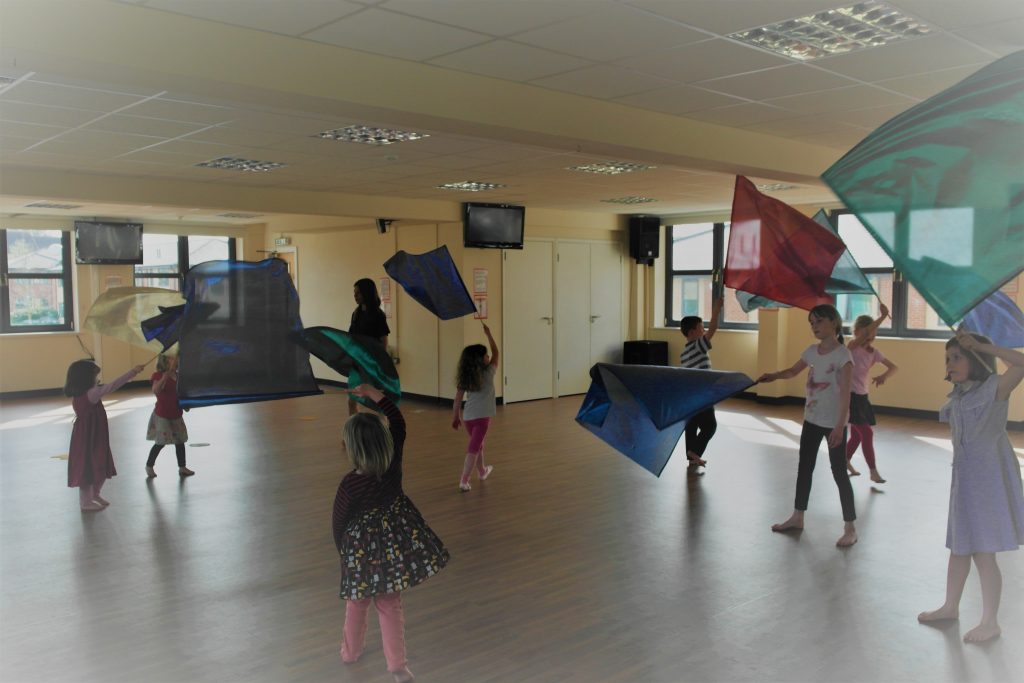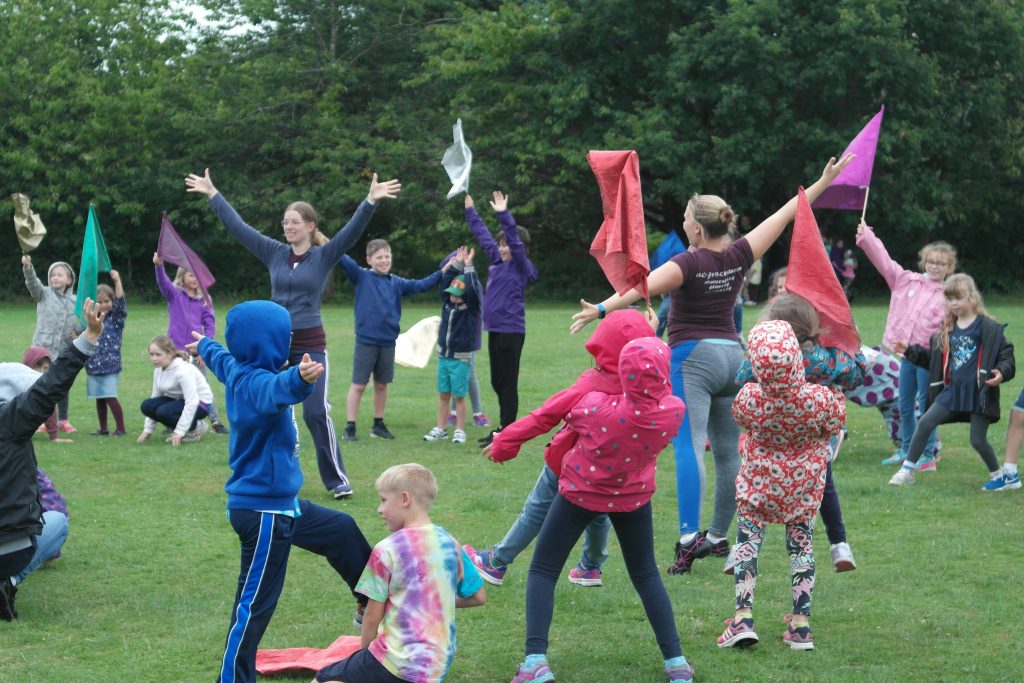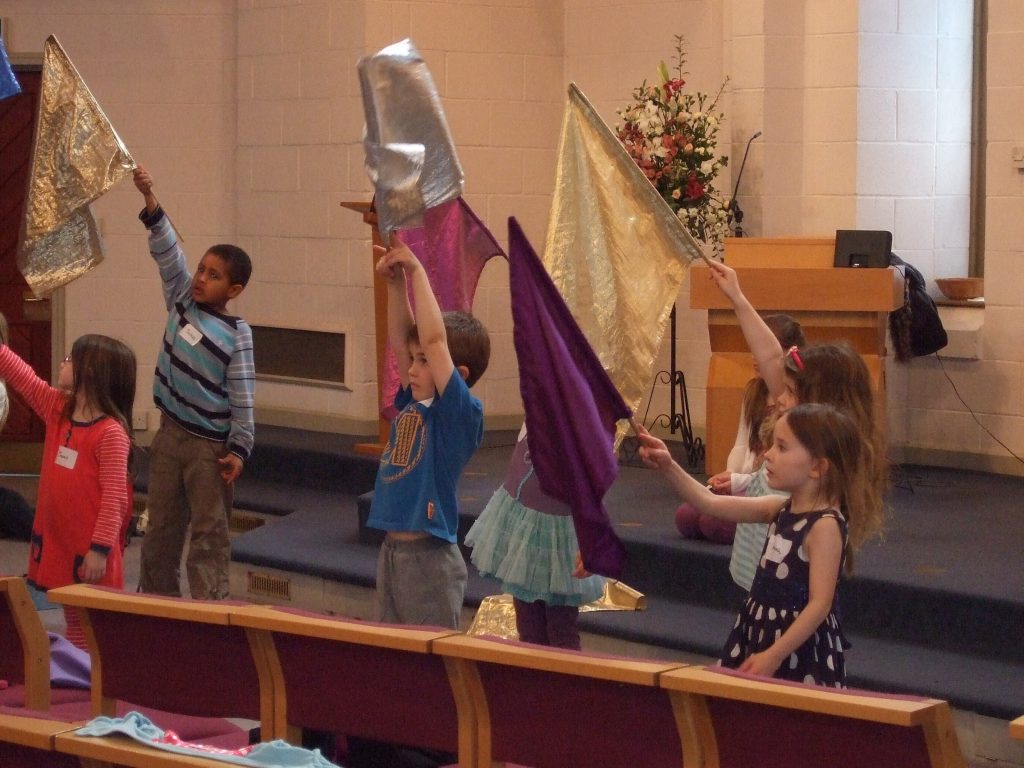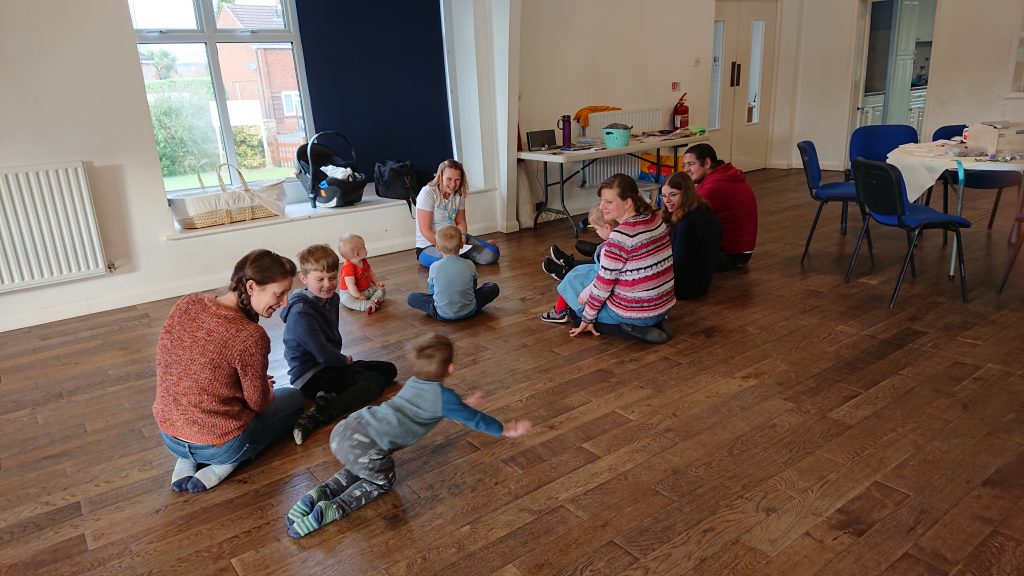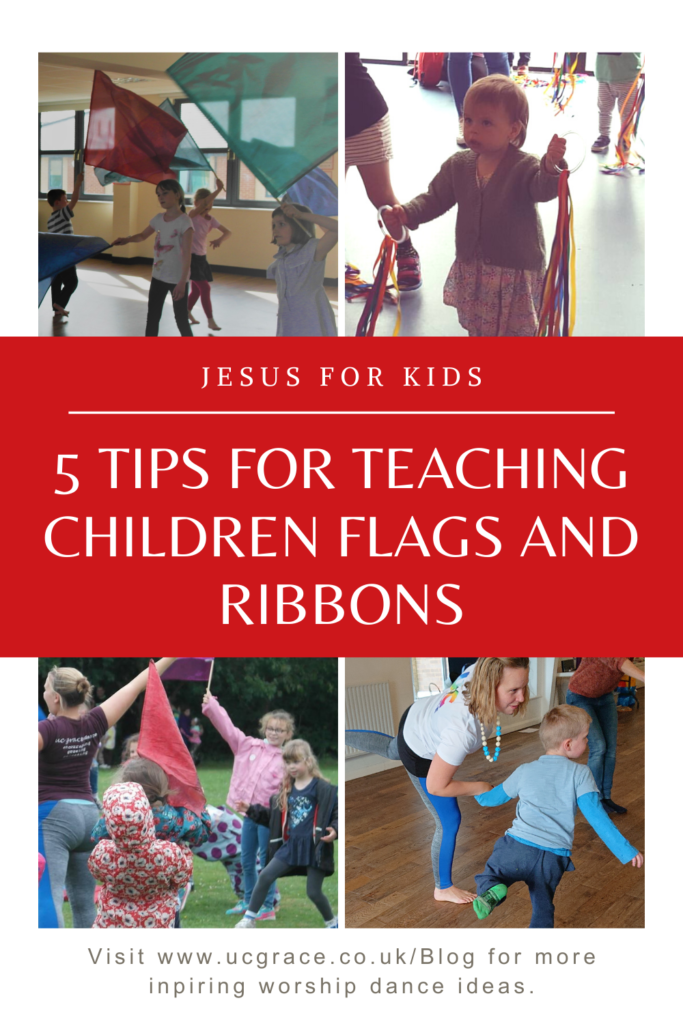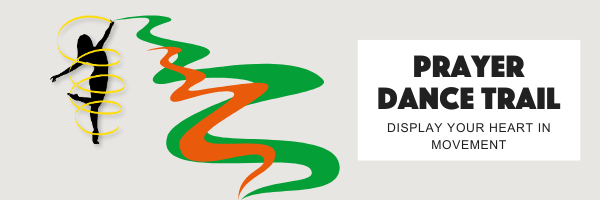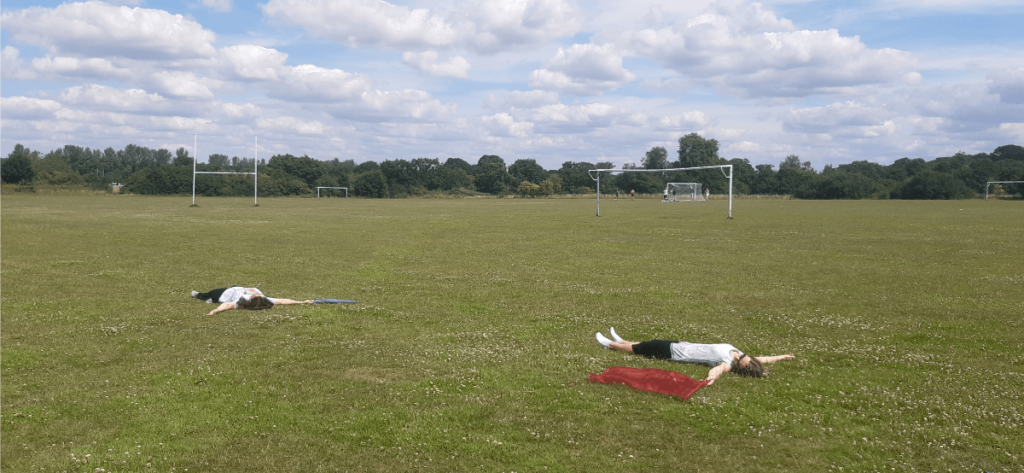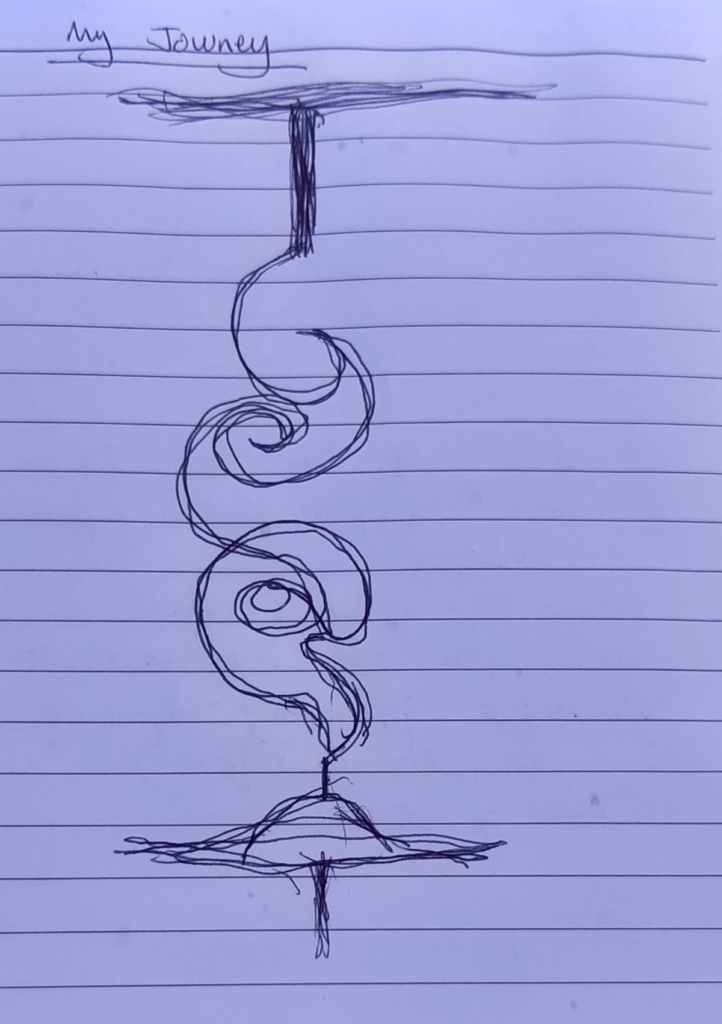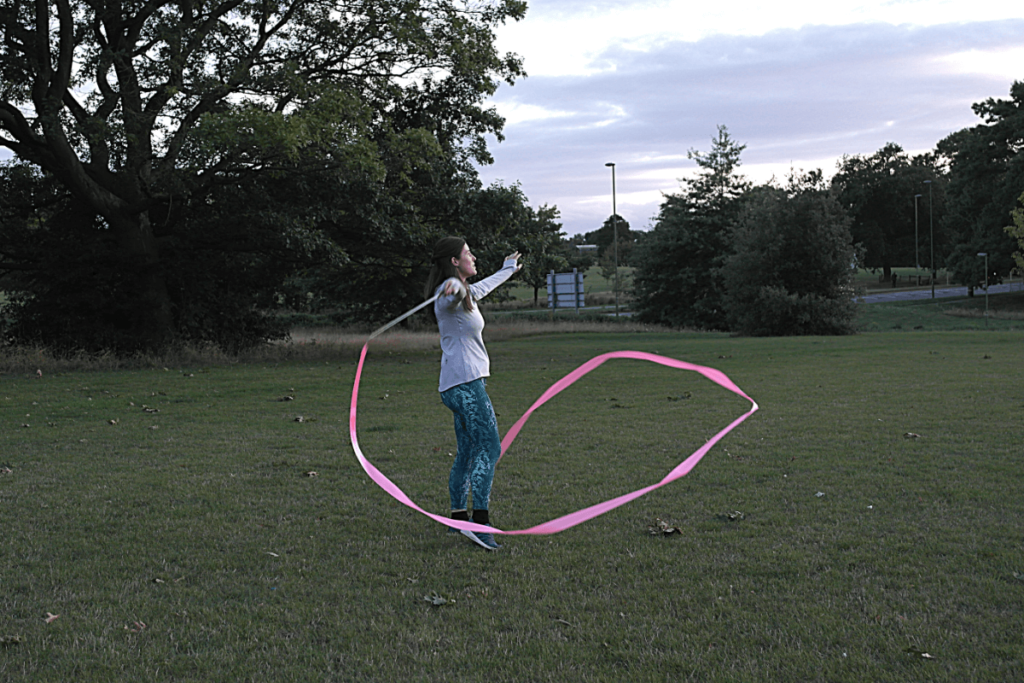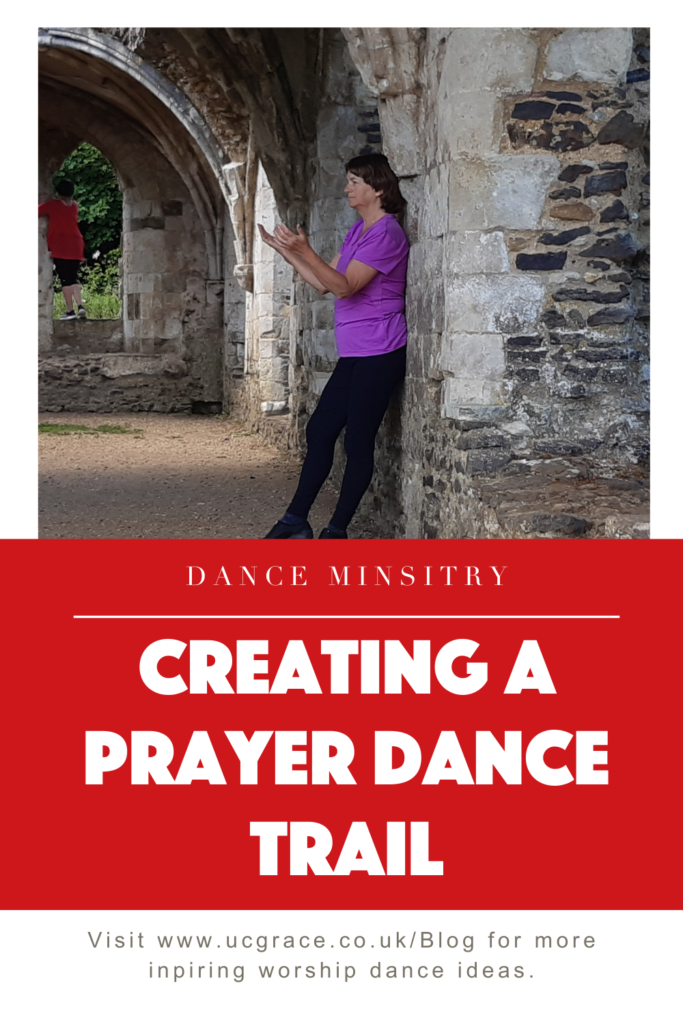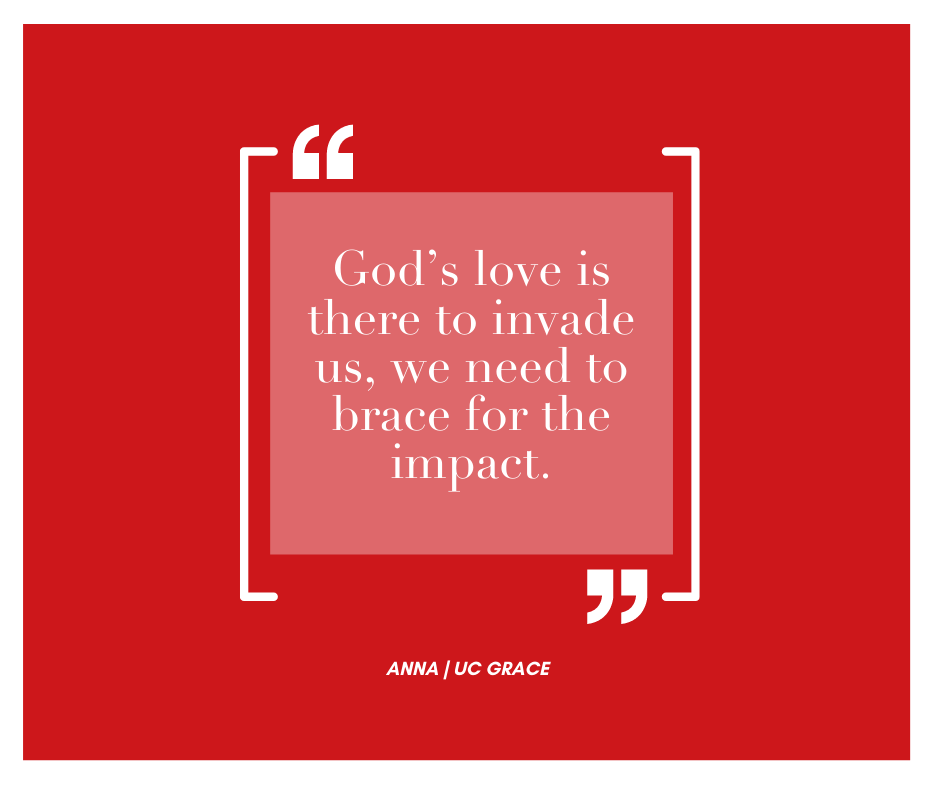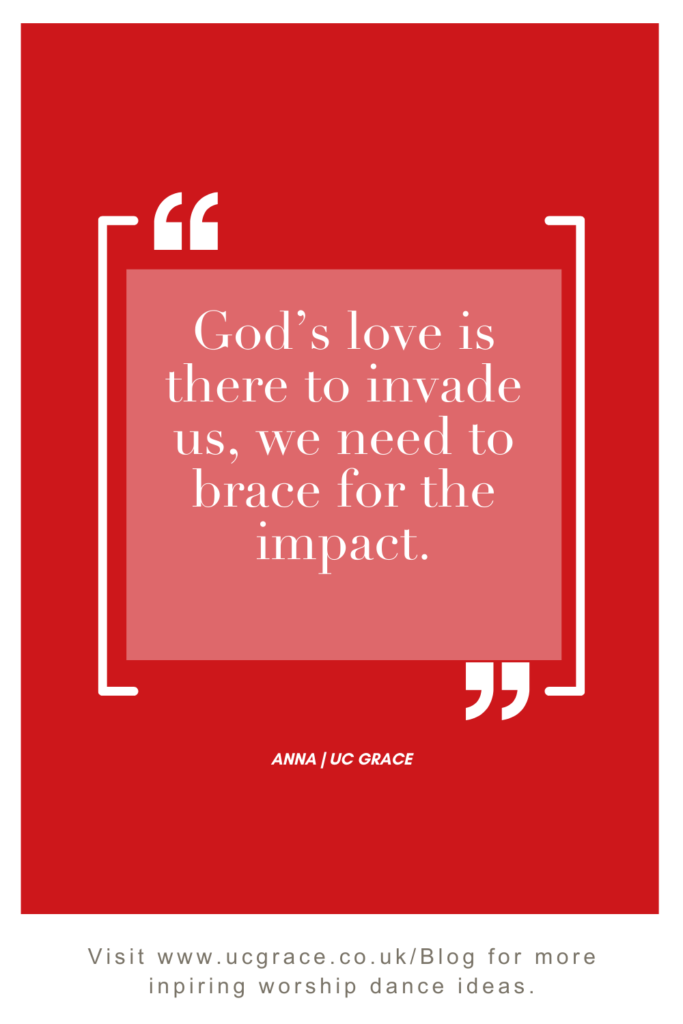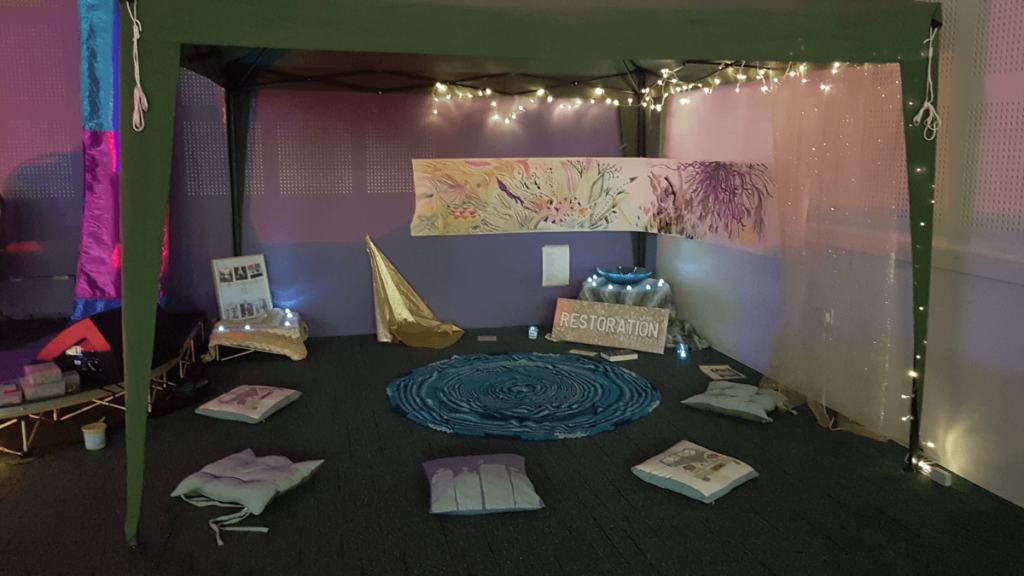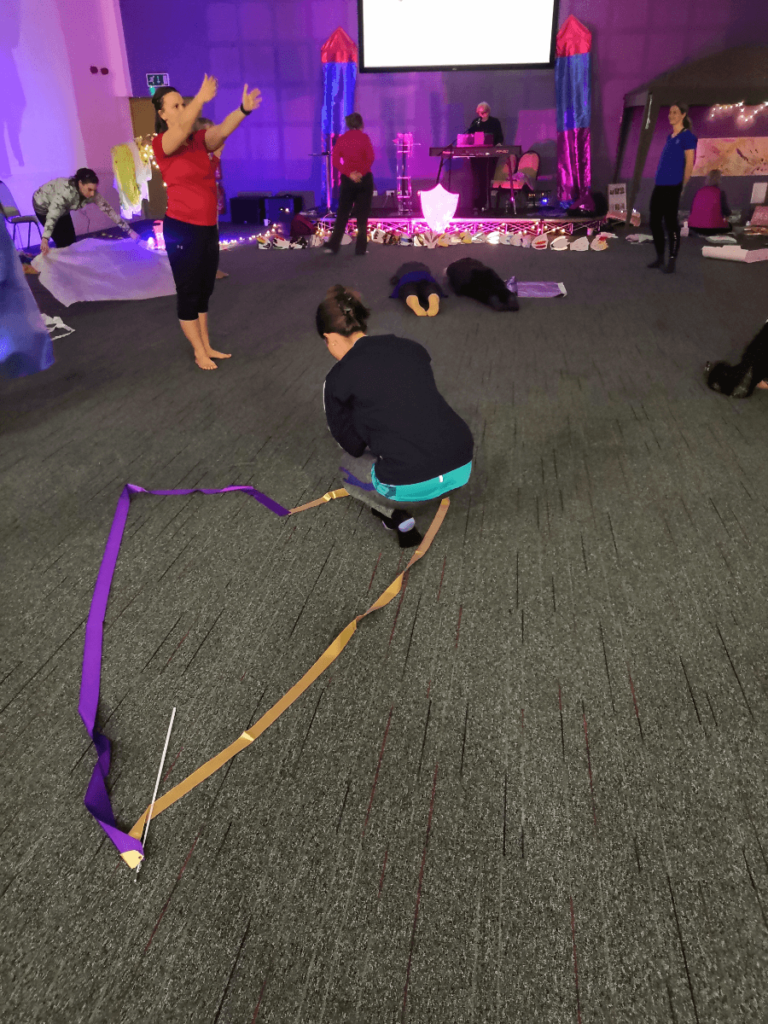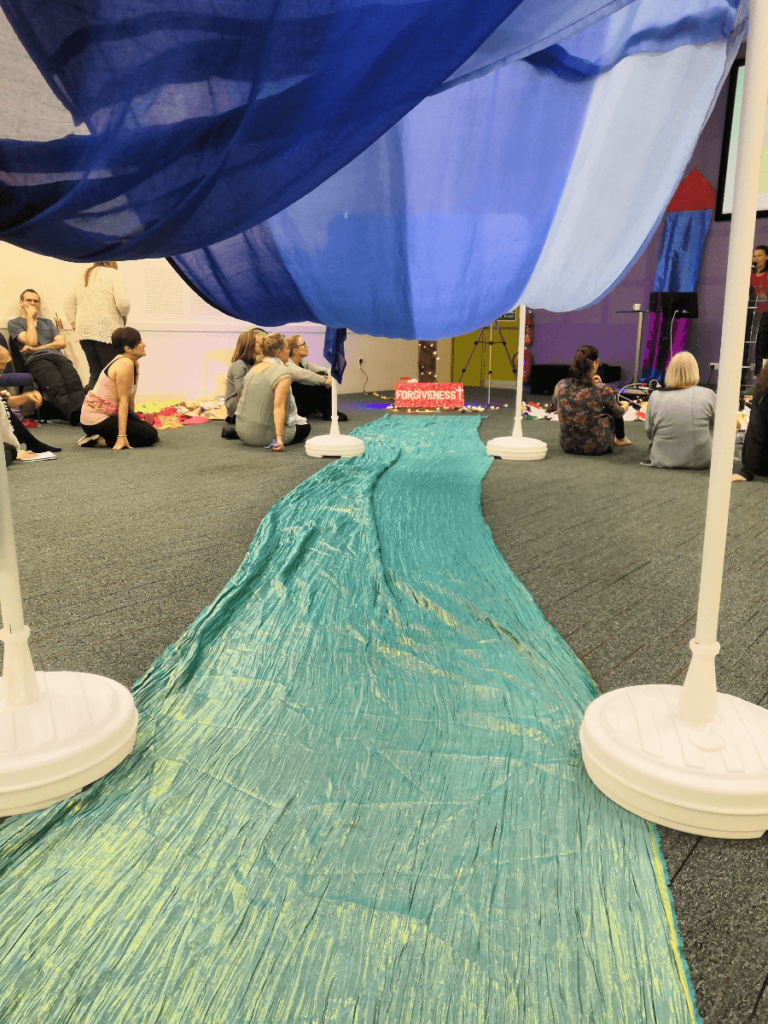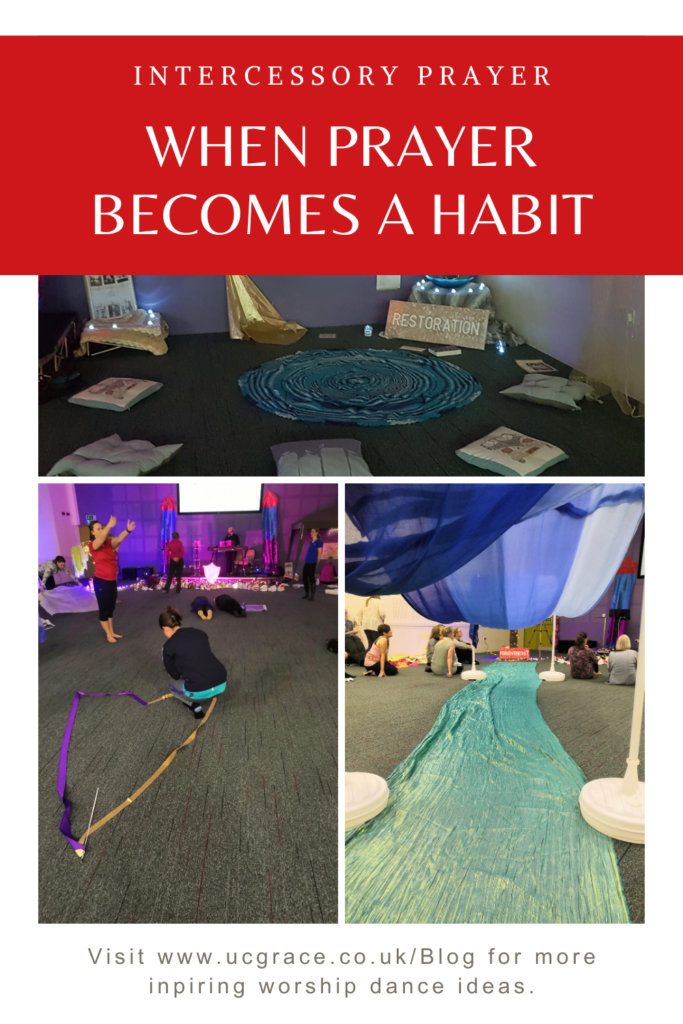This weeks scripture prompt explores Genesis 1.1-2, looking at how we can apply various aspects to our day to day life. One particular phrase in the verses that stands out to me is ‘the spirit of God was hovering over the waters’. Even as the world began, God’s spirit hovered and was with us.
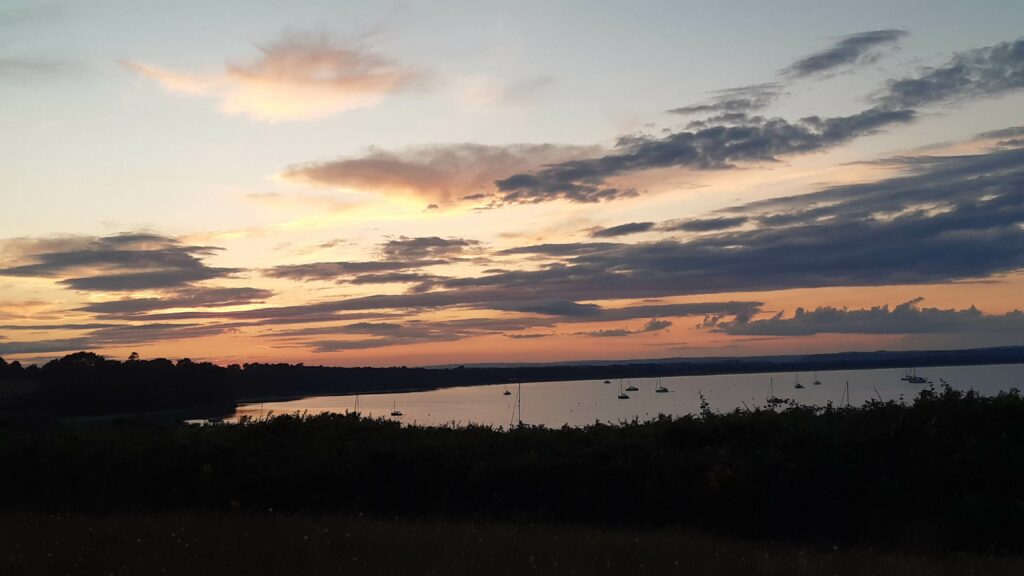
How has God got my attention?
God works in different way, and, as I have walked through a tough season the past month I have witnessed different ways that God has caught my attention and called me to listen.
The first being the sky and clouds that we walk under each day and the second recognising the presence of God’s spirit.
The outside has always been a special place for me, it’s a place that calms me and focuses my attention on what needs to be focused on.
I have found that in those moments when I am struggling with life and need refreshment, I take a step outside. The depth of my faith comes from interacting with much of the outside world . Even as I write this, I am looking out the window and focusing on the trees behind the house opposite. How the wind is moving them in the breeze. The visible display of an invisible power. The exact way that God’s spirit works, weaving it’s presence in our lives.
Above those trees are the clouds. Fluffy clouds with darkness round the edges, a glimmer of baby blue at the top and bright white and sun poking through. This image that I see is a display of God’s glory and an open invitation to recognise how God moves in my life.
Letting God’s spirit infiltrate
In the beginning God created the heavens and the earth. Now the earth was formless and empty, darkness was over the surface of the deep, and the Spirit of God was hovering over the waters. Genesis 1.1-2
As I’ve been reflecting on Genesis 1.1-2 and my approach to life circumstances I began writing what was on my heart and writing what God was saying. The result of this was a heartfelt poem that I can impact others and encourage them with what they might not see, feel or hear God’s spirit.
Just remember, regardless of how we may feel, God will always be there!
You’re always there – Poem written August 2021 by Anna Gilderson
When the road never seems smooth and the waters never still.
When the wind relentlessly batters every aspect of your being.
He fights.
As your head feels turmoil and your eyes feel heavy.
As the voices speaks louder and the tussle grows stronger.
He is there.
So many things run through your mind
So much tension in your shoulders and,
So much sadness in your eyes.
You’re trying to fight.
Trying to defeat those arrows.
But the tiredness is overwhelming.
The relentless battering of emotions.
The silent tears that roll down your face.
You know he fights for you.
You know he is there.
But it’s hard. So hard.
You pause.
After all you tell everyone else to pause.
You hold that pause for a little bit longer.
‘I’m here.
Stay with me.
Be in my presence’
Pause.
‘Hear me.
I’m here.
Stay with me.
Be in my presence’
Pause.
Louder now.
‘Feel me.
I’m here.
Stay with me.
Be in my presence.’
You breathe.
Inhale through your nose, deep and cold.
Closing your eyes.
Lifting your chest,
Dropping your shoulders.
You breathe deeper.
The air hits the back of your throat
You feel it travel down the neck to your chest.
You keep breathing.
Staying in that moment.
In that pause.
As God’s spirit hovers within you, around you.
He fights for you.
He is with you.
You’re always there – Anna Gilderson
